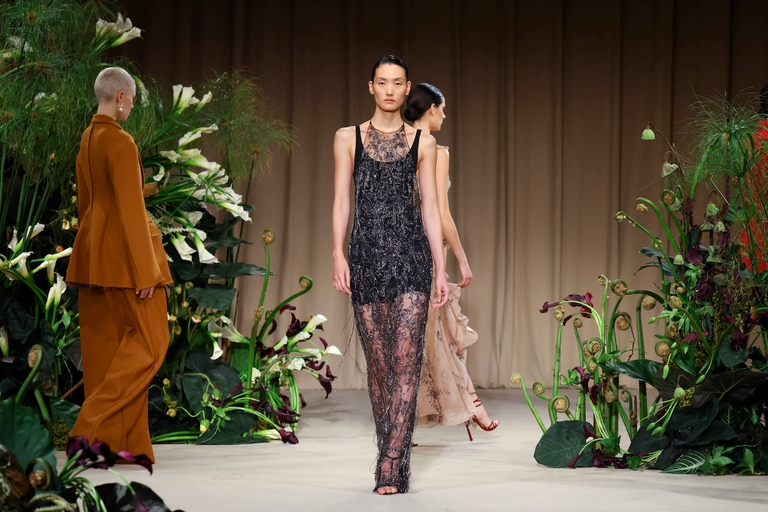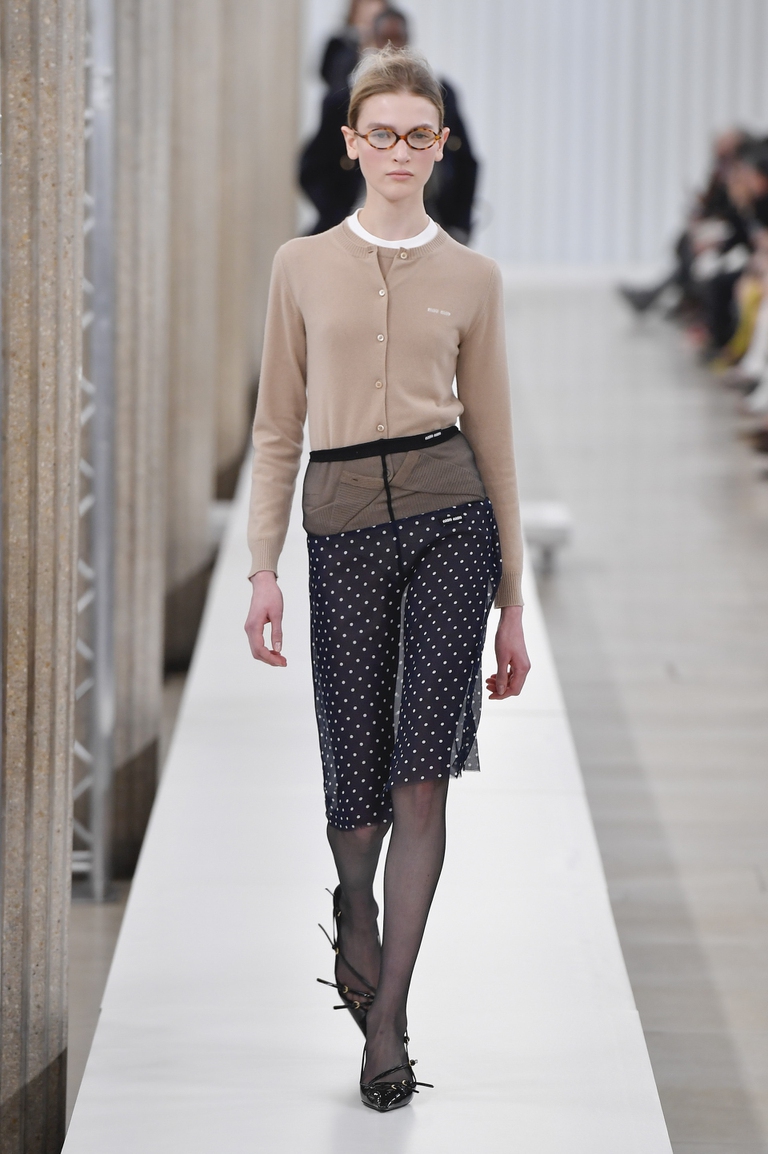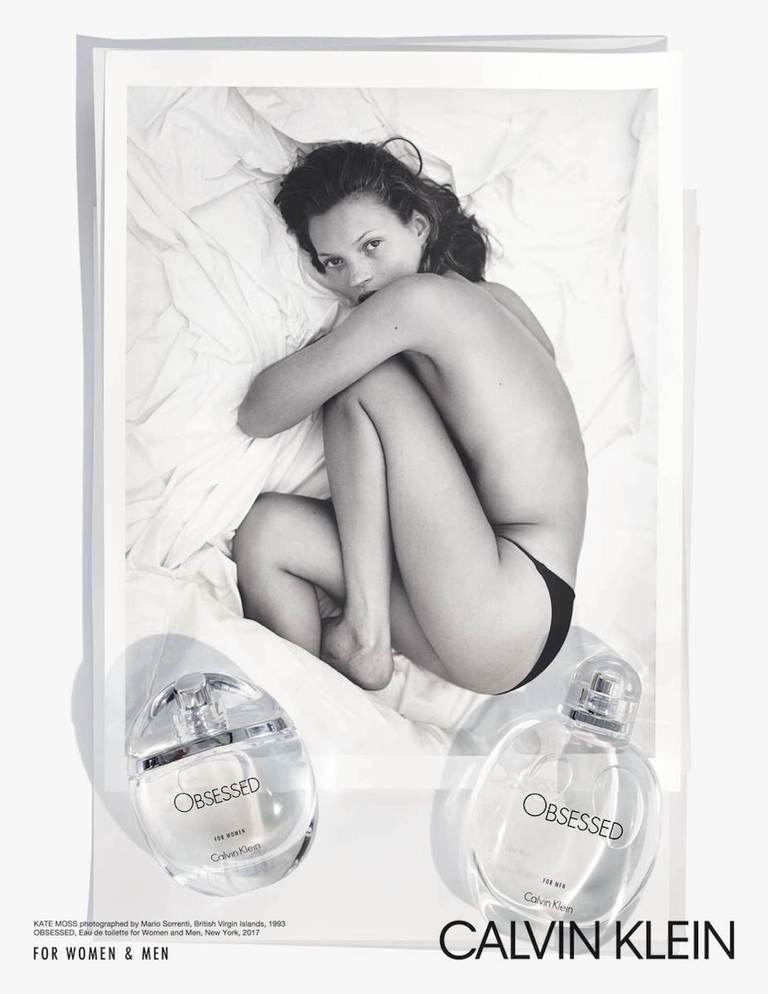https://www.lifegate.it/body-positivity
- |
Now that fashion month – the month of fashion shows in Milan, Paris, London and New York – is definitively over, we can say it:there body positivity has disappeared from the catwalks.After 2022, according to the annual report published by The fashion spot, it was one of the years more representative than ever with respect to diversity, perhaps the fashion system is taking a step back.
The report focuses on several aspects:from the skin color, at gender issues down to body shape and age and, with a record of 103 plus size presences, equal to 2.34 percent of the total castings (i.e. of the models chosen), the catwalks that saw the autumn/winter 2022/23 collections parade were the most representative ever even compared to the spring/summer of the same year , which saw only 81, or 1.81 percent of all castings.

This year, brands did not bring inclusivity from the point of view of bodies to the catwalk.Some are also accomplices seasonal trends probably, like micro tops, micro culottes, and tight sheath dresses, the return to extreme thinness seems to have been a constant.As he also pointed out Vanessa Friedman on Twitter that, after having expressed on the excessive thinness of some of Jason Wu's girls, returned to the topic, writing that “The point is not to shame the models, but to call attention to the problem.It's time for fashion to reflect the entire population that wears the clothes in terms of both race, gender, size and age.This year the autumn/winter 2023/24 shows brought shockingly thin girls onto the catwalk, evidently also because many of the clothes they wore showed off their bodies a lot."
Body positivity:reflection of a societal need or a passing trend?
“The language of fashion is influenced by art, music, but also by what happens in society:it is a system where everything intersects” he explains Gisella Genna, casting director and teacher.“What I teach kids is that the choices of representation that brands and magazines make today are very strong and this is a process that began more or less in 2015, when Gucci with Alessandro Michele immediately invested in a genderless imagery which corresponded to a need in society at that time.Since then everything has changed, even in casting.Many of my lessons focus precisely on making children understand how the various aesthetic codes have evolved over the decades."According to what most of the models seen on the catwalk tell us, the aesthetic codes that will be popular in the coming years will not favor a body shape considered standard.

“In casting everything is very fast,” continues Genna.“Let's say that today there is not a single trend, but we are looking for freshness and surprise.We have seen it with some phenomena such as that of “real people”, that is, real people, and non-binary beauties:they are defined beauties, but which escape definitions.In casting there is always a very fast turnover, but one thing is very evident:the return to skinny beauty is a fact on the catwalks of the last month.Very few designers had plus-size models on the catwalk this year:Nina Ricci who made a curvy beauty open up, then there were Dolce & Gabbana and Versace.It's not surprising to me because I believe it falls into a question of fashion and phenomena whereby there is a moment when you absolutely cannot help but go in a certain direction, but then the real effect is measured in terms of duration.At certain moments the feeling is that it is a wind that passes and does not stay, then it is possible that this wind will return.Indeed, it is desirable that it does so."
Indeed, one wonders this after the fact that, in recent years, we have been literally inundated with editorial and advertising productions that praise diversity of bodies.“The campaigns focused on body positivity that we have also seen recently are old, they reflect choices that concern past seasons:with the new campaigns for next autumn/winter we will see whether or not the choices shown on the catwalk will be confirmed.Maybe the choices will be different from the message sent in the fashion show but, perhaps, rather than being strange that certain causes have been abandoned, it was strange before that brands that had never supported them at a certain point supported them.To put it in very frank terms, I have always felt a bit of hypocrisy regarding the causes of inclusiveness:it was a need felt in society that you couldn't help but adapt to, but evidently it was a temporary phenomenon.Also because fashion shows and campaigns go well, but if you then go to the store and the 46 cannot be found and it is often difficult to find the 44 as well, which is often already considered XL, it's clear that the game doesn't stand up,” admits Genna.

Inclusivity in advertising campaigns
“What hasn't been asked of me in the fourteen years I've been doing this job, I've been asked all together in one year” he says instead Michael Kent, also a casting director, but for an advertising agency.In fact, never before in recent months has there been an attempt to pluralize advertising products in Italy as now.“Just today I was talking to a colleague who has been doing this job for thirty years and who was joking about the fact that at the end of the day there had been no change in the latest fashion shows.THE'heroin chic, the style of Kate Moss to be clear, super skinny and a little emaciated, we carry it with us from the nineties, which are now coming back forcefully and for a while, together with what was fashionable in the 2000s, with low waist and everything".From the perspective of traditional fashion, it goes without saying that if you have to show off micro tops, micro culottes and a belly in plain sight, you will choose models who have a wiry physique, another thing then is what you want to communicate to the general public, in a more or less genuine.

“From my point of view, what I have noticed in advertising is that, in’communicative output designed for the masses in the world of both fashion and beauty I started to have the most bizarre requests.Before the magic word was one, perfection:perfect skin, perfect teeth, perfect bodies.This year there has been a boom in requests, first of all not for models but for ordinary people, "real people", and then with characteristics such as:plus size, short stature, gap between teeth, dark circles.Once there was even a specific request for stretch marks.My background as a casting director is primarily television and, until recently, Asian models and models they were requested for commercials intended exclusively for the eastern market, today I would say that a third of the requests are for the European market.Again, I know a lot of black models and models who, in Italy, were excluded from the biggest jobs and suddenly started to be in demand".

“The feeling, however, is that all this is not genuine:I even struggle to talk about it, but I have received absurd requests such as bookare (that's what professionals say) someone non-binary, someone gender non-conforming, And someone gender fluid.Or I heard phrases like:“we don't want non-binary people, only gender fluid”.These demands created embarrassing situations even during casting,” reveals Kent.
“The good thing on the other hand is that all these people were then confirmed, even for jobs of a certain importance, so it wasn't a matter of pure formality, but I believe that brands today are moving in the direction of inclusiveness not because are good at heart, but because they see that the market is going in that direction.Especially Italian brands which, with a few exceptions, are often at the forefront of what happens in the rest of the world, such as the United States and the United Kingdom.A clear example is the inclusion of more black and Asian models, a direct consequence of the Black lives matter or Asian lives matter movement."
